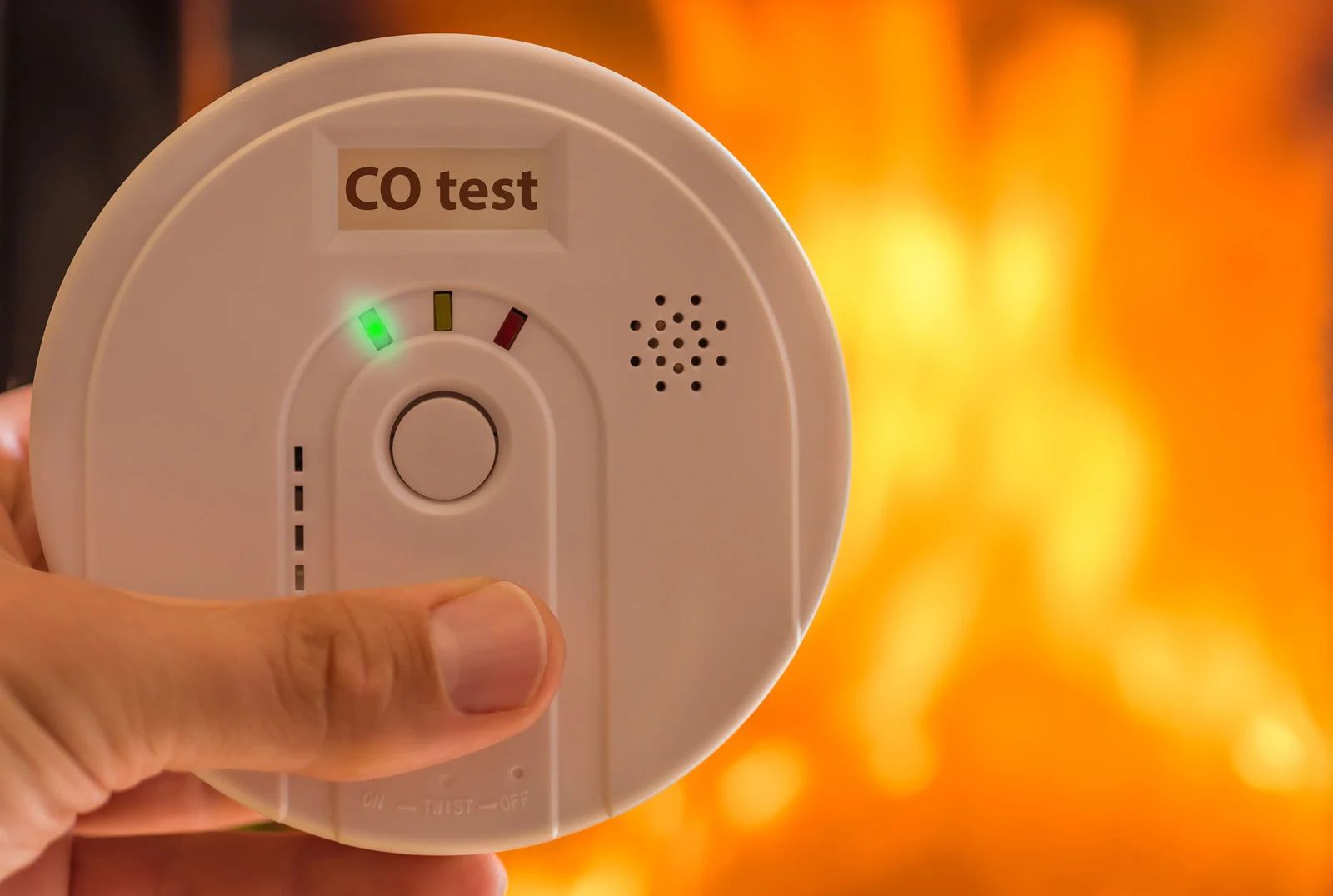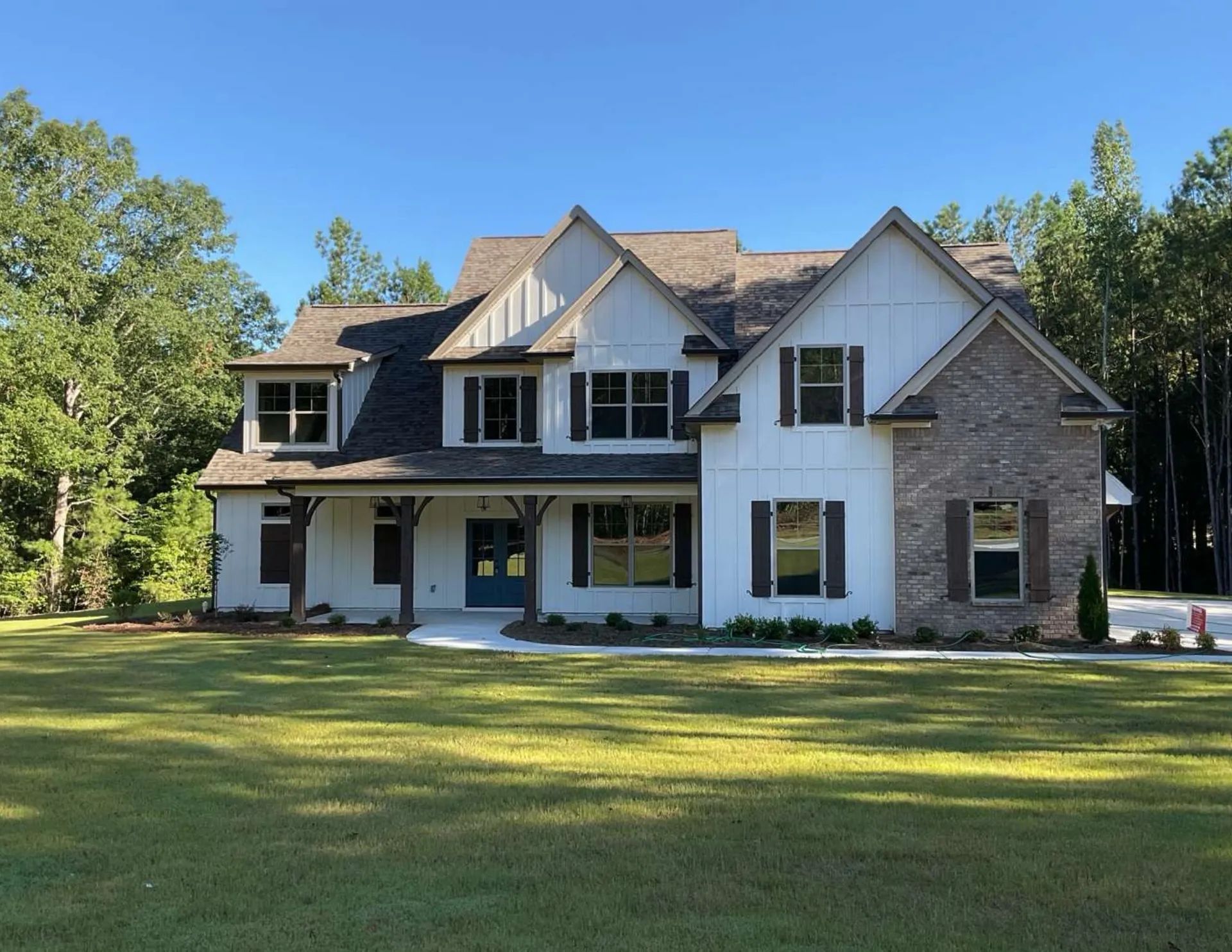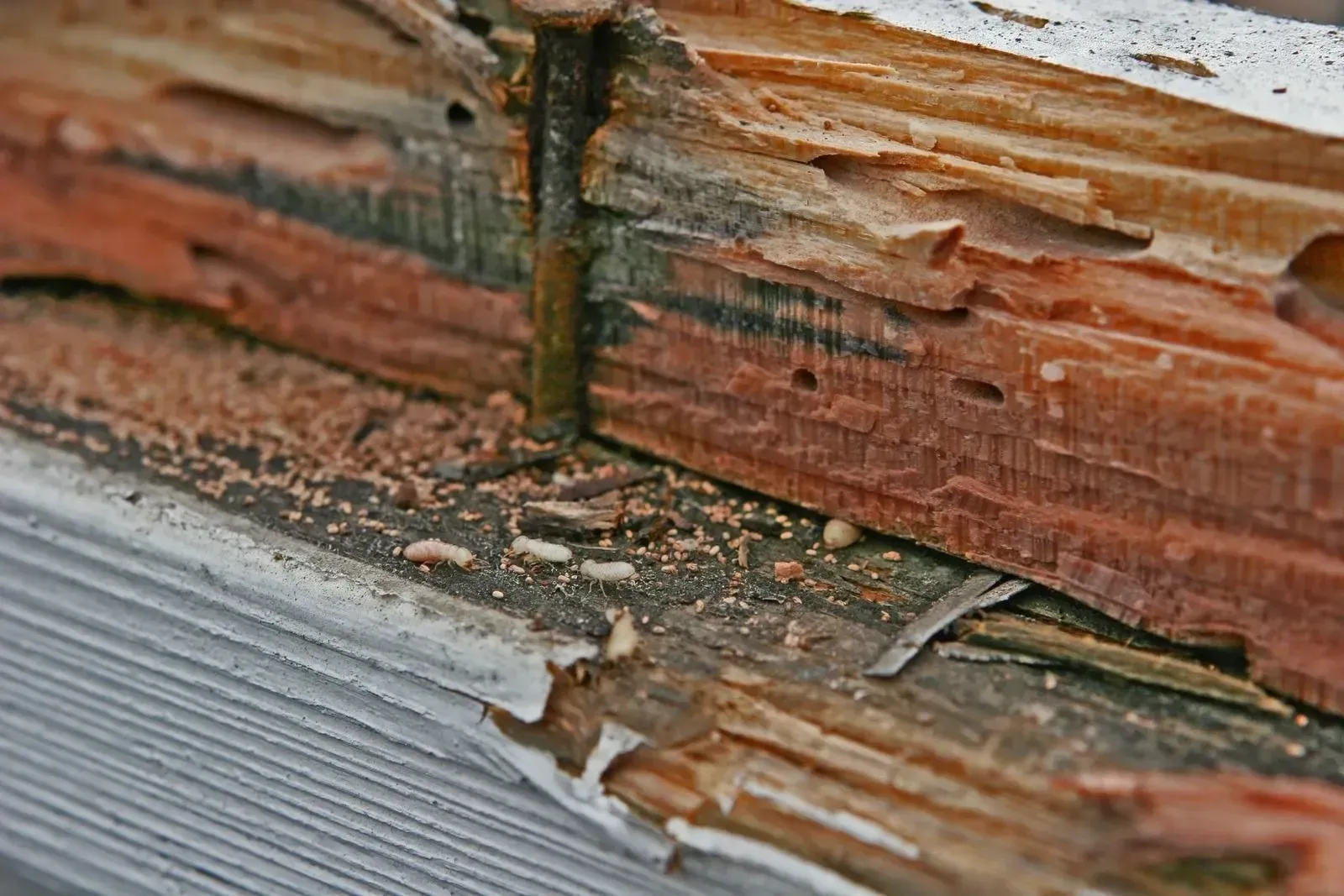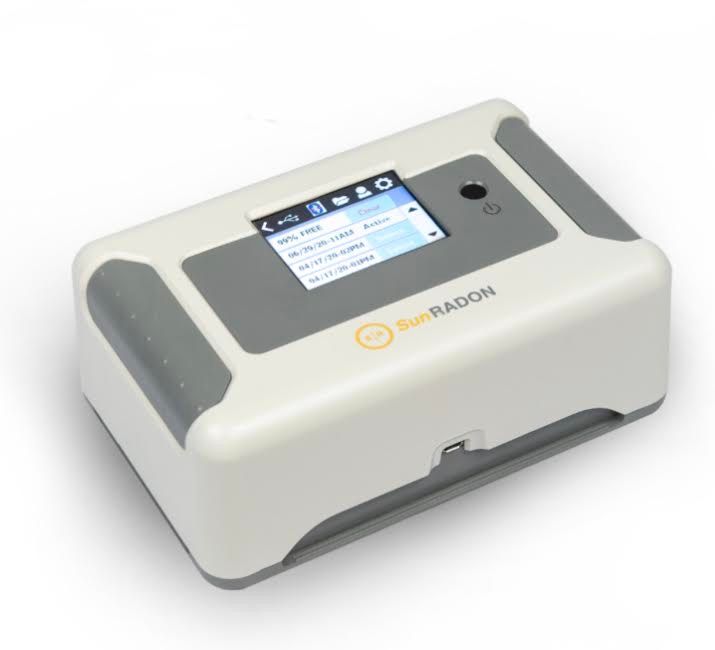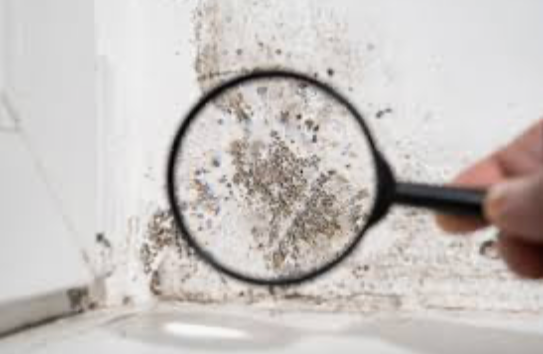Home Inspection Checklist: What Inspectors Look for and Why It Matters
A home inspection is a critical step in the home-buying or selling process. It provides buyers with a clear understanding of a property’s condition and allows sellers to address potential issues before listing their homes. A professional inspection helps uncover hidden problems that may not be visible during a casual walkthrough. Without a proper inspection, buyers risk purchasing a home with major defects that could lead to costly repairs in the future. Additionally, mortgage lenders and insurance companies often require inspections to assess a home’s structural integrity and safety. Understanding what home inspectors look for can help homeowners maintain their property’s value and prevent expensive surprises down the line.
Below are the key areas a home inspector examines and why they are important.
1. Structural Integrity
A home’s structural integrity is one of the most critical aspects of an inspection. The inspector examines the foundation, walls, ceilings, floors, and roof for signs of damage. Issues like cracks in the walls, sagging floors, or water stains could indicate foundation problems or structural shifting. If left unaddressed, these concerns can lead to severe safety risks and costly repairs. Ensuring the home’s structure is sound is vital for long-term stability.
2. Electrical Systems
A properly functioning electrical system is crucial for safety and efficiency. Home inspectors check electrical panels, wiring, outlets, and switches for any issues. Faulty wiring, outdated electrical panels, or improperly grounded outlets can pose serious fire hazards. Older homes, in particular, may require electrical upgrades to meet modern safety codes. Ensuring the electrical system is up to standard helps prevent potential risks and improves energy efficiency.
3. Plumbing Systems
Inspectors thoroughly examine a home’s plumbing system, including water supply lines, drainage, and fixtures. They look for leaks, corrosion, low water pressure, and issues with water heaters. Even a small plumbing leak can cause extensive water damage over time, leading to mold growth and costly repairs. A well-maintained plumbing system ensures a steady water supply and prevents unexpected breakdowns.
4. HVAC Systems
Heating, ventilation, and air conditioning (HVAC) systems are essential for indoor comfort and energy efficiency. Home inspectors evaluate the condition of furnaces, air conditioners, ventilation ducts, and thermostats. An aging or malfunctioning HVAC system can lead to high energy bills and inefficient heating or cooling. Regular maintenance ensures the system operates effectively, providing comfort throughout the year.
A thorough inspection provides peace of mind by identifying potential hazards before purchase. Sellers benefit by addressing issues proactively, making their home more attractive to buyers. Additionally, lenders and insurers use inspection reports to assess risk. Investing in a professional home inspection safeguards your financial investment and ensures a safe, livable environment.
J&J Home Inspections LLC
provides expert home inspection services in Cartersville, Georgia. With several years of experience, we help homeowners, buyers, and sellers make informed decisions by identifying key property concerns. Our detailed assessments ensure safety, efficiency, and peace of mind.


